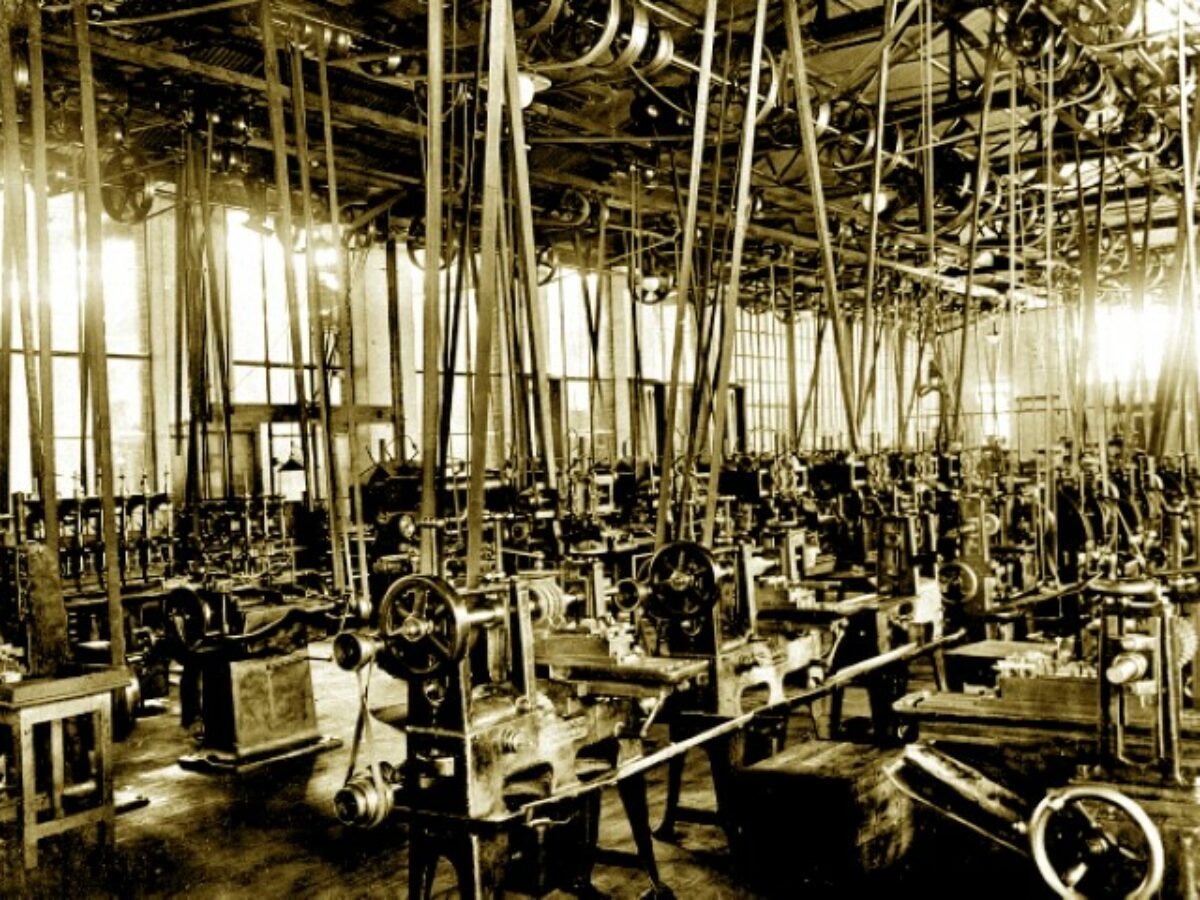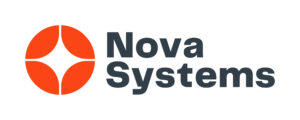Celebrating Australian sovereign capability – introduction to our new editorial series

We have all heard the phrase – sovereign manufacturing capabilities. But what does it mean for Australia in the 21st century, what are they and how do we develop them? Here Peter Roberts sets the scene for our latest editorial series – Celebrating Australian sovereign capability.
It wasn’t too long ago that a new phrase came into commonplace use, especially in government announcements – Australian sovereign manufacturing capability.
Coined primarily by the Coalition, the motherhood phrase was cover for a u-turn in Coalition policy – once violently opposed to government intervention in markets and ‘picking-winners’, the recent government engaged in an orgy of grant programmes and schemes that did just that.
The Coalition even embraced the supposed socialist planning tool of identifying and assisting a target list of critical industry sectors.
Then along came the Covid-19 pandemic where all could see empty supermarket shelves and year-long waits for new cars, and just how much basic manufacturing capability had been lost as the Australian economy became increasingly focused on mining and financial services, with a little personal, education and tourism services thrown in.
Industry responded to the pandemic crisis, but there is more to national resilience than face masks and hand sanitiser. Typical of problems across even the most basic levels of self-sufficiency – Australia produces no anaesthetics and few antibiotics critical for medicine – how did we sink so low?
Numerous supply chains interrupted by the pandemic, and lost during decades of deindustrialisation need to be strengthened. That means supporting key manufacturing value chains from R&D to production already in Australia, and identifying new areas of critical need.
But Australia can do it – we know because we have done before.
Stung by Britain’s focus on its own needs during World War 1, Australia turned to the United States and in the decades to World War 2 created a network of nodal factories ready for rapid expansion in key areas of defence manufacturing such as the Lithgow Small Arms factory in New South Wales (pictured) and R&D laboratories and plants across the country.
According to the study Armed and Ready by A.T. Ross held in the National War Memorial in Canberra, Japan newly with a foothold in New Guinea weighed up what its chances, and concluded local industrial strength dictated a force of 10-12 divisions would be needed to invade Australia.
Bogged down in China and strung out in garrisons across a vast Pacific, this number could not be found, allowing Australia to ramp up production and supply our allies with everything from gun sights to gun carriages.
The story post-war saw some bright sparks – the technology infusion brought with British nuclear and guided missile testing at Woomera – we even built our own satellites with the first, WRESAT launched from Woomera on 29 November 1967 – but a gradual diminution of defence industrial capabilities soon followed.
By the 1990s, economic dries had turned the economic conversation to a focus on comparative advantage which saw us emphasise extractive industries at the expense of local value-adding.
It was even famously argued that Australia should import its own rifle bullets – we just didn’t need to make things we could buy cheaper from overseas.
We now see the flaws in this ideology and the wisdom of focusing of building local competitive advantages, even the Coalition at the end of its tenure was supporting defence reindustrialisation, and companies such as French-owned Thales and locally owned Nioa Group are re-investing in our historic defence industrial centres.
Celebrating Australian sovereign capability
Today @AuManufacturing kicks off our new editorial series – Celebrating Australian sovereign capability – with the first part of a two-part series by Lance Worrall identifying Australia’s sovereign manufacturing capabilities – you can read it here.
Over the next two weeks we will examine the leaders, the technologies, the companies and the policies that can recreate the diverse, strong, capable and largely self-sufficient nation that fought back industrially in World War 2.
This series could not have been possible without the support of our sponsors – Nova Systems and Titomic.
Nova Systems is a 100 percent Australian owned and controlled engineering services and technology solutions company. The company’s solves complex challenges across five core markets – Defence, Essential Services, Government, Special Missions and Commercial Aerospace. Nova Systems employs more than 850 in Australia, New Zealand, the United Kingdom, Ireland, Singapore and Norway, and has more than 400 professional strategic partners.
Titomic brings together novel materials such as titanium blended with ceramics, cold spray additive manufacturing systems, software and robotics, pioneering a new era in automated metals manufacturing. The company commercialised Titomic Kinetic Fusion Additive Manufacturing (TKF AM) technology in which supersonic particle deposition of metal powders creates industrial scale parts without size constraints and with no heat-related distortion.
Picture: Lithgow Small Arms Factory Museum – MGNSW/constructed in an earlier era of industry building
@AuManufacturing’s editorial series – Celebrating Australian sovereign capability – is brought to you with the support of Nova Systems and Titomic.
@aumanufacturing Sections
Analysis and Commentary Awards Defence Manufacturing News Podcast Technology Videos












